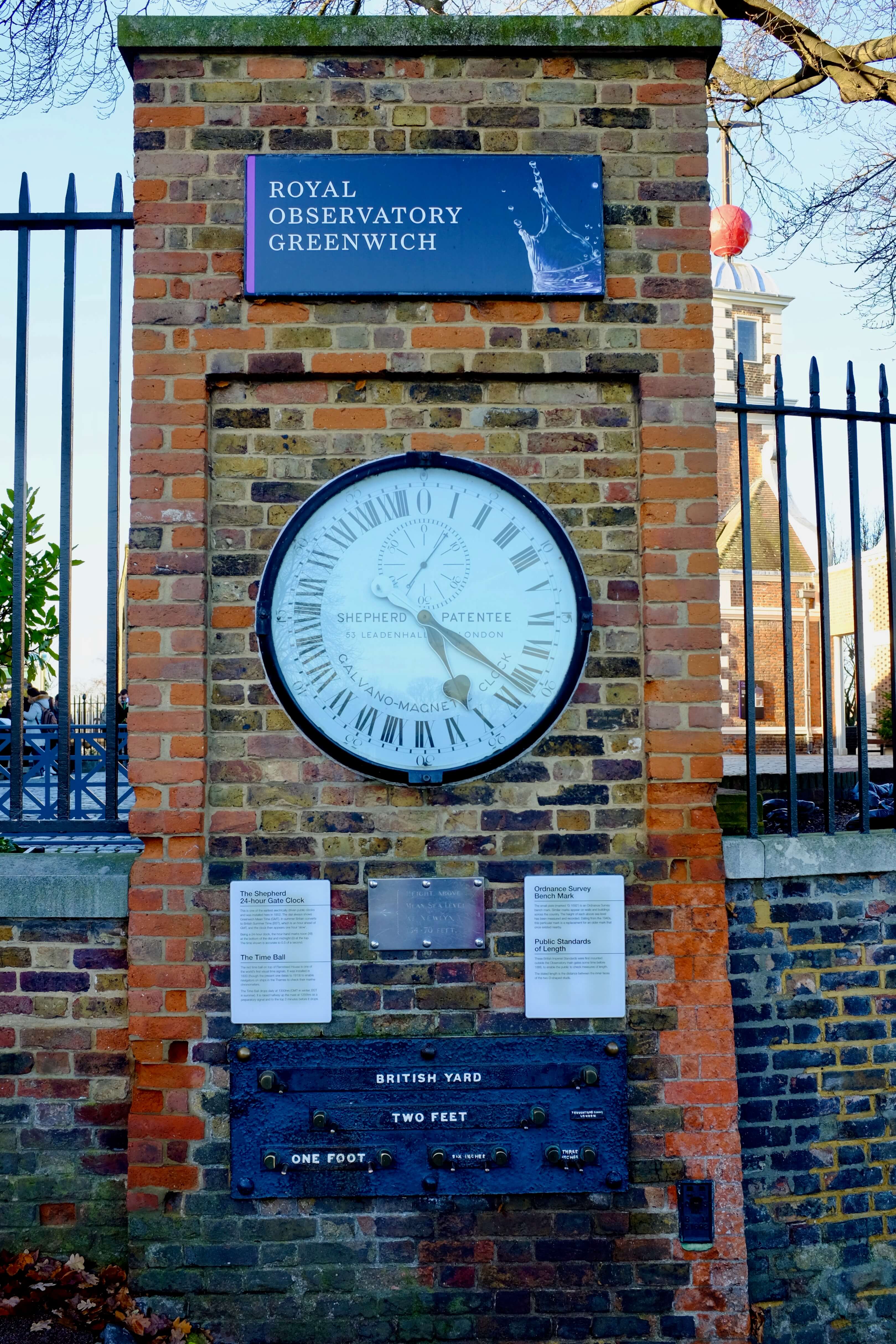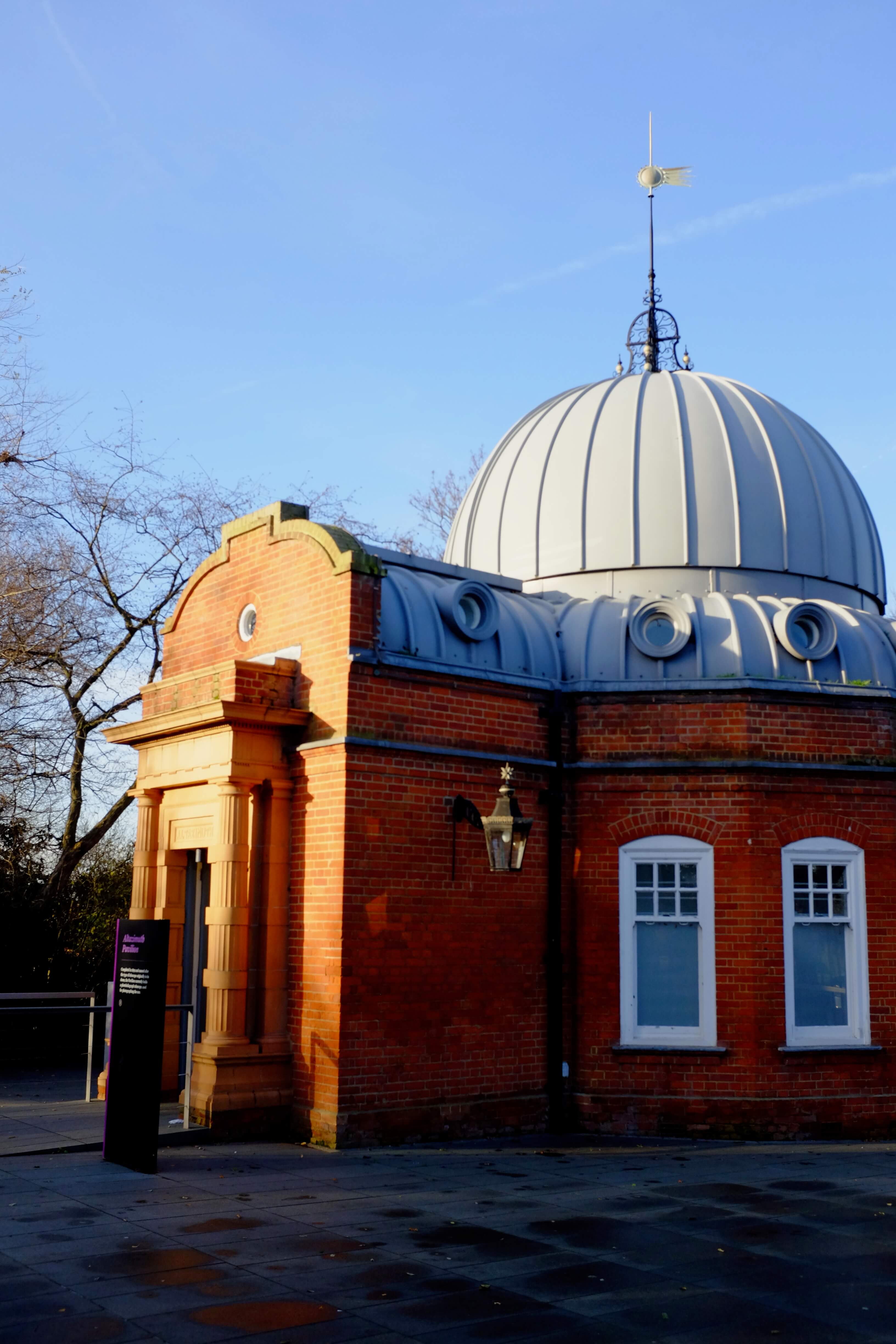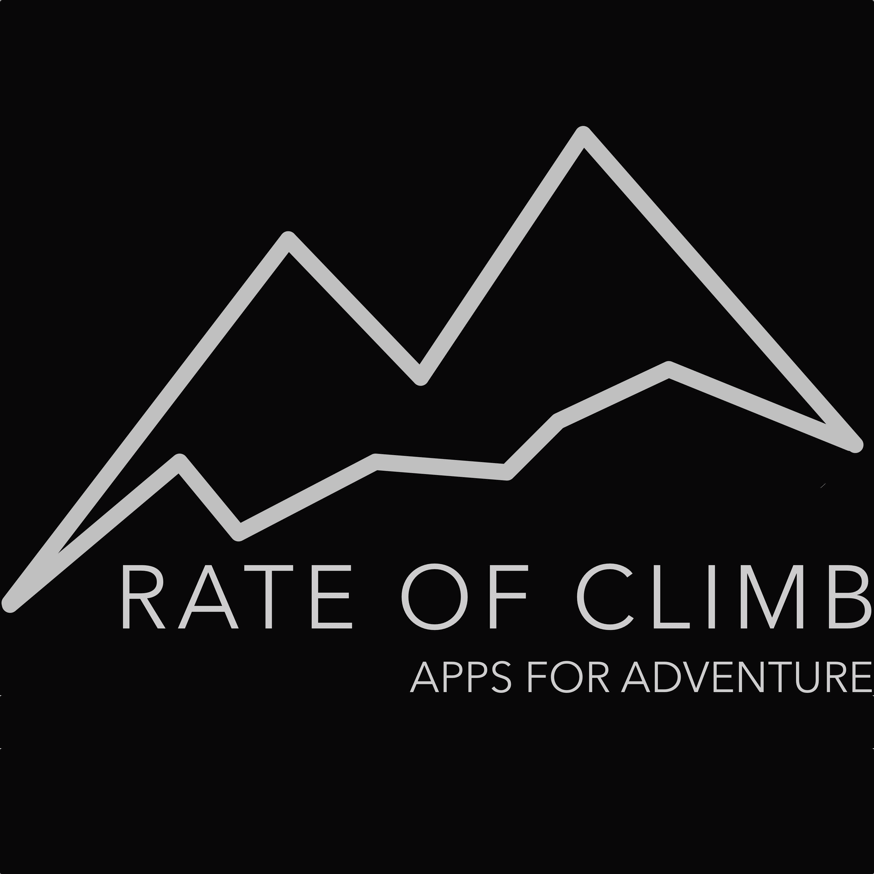Everything You've Ever Wanted to Know about Zulu Time
Zulu time, also known as Coordinated Universal Time (UTC), is a standard time reference used in aviation, military, and other industries around the world. The history of Zulu time can be traced back to the development of modern timekeeping methods in the 19th century.
In the early days of navigation, sailors used local time to determine their position at sea. However, this method proved to be unreliable due to the fact that each location had its own unique time zone, and the differences in time between locations could be difficult to calculate accurately. To address this problem, a standard time system was developed, in which all locations around the world were assigned a specific time zone based on their longitude.
This system was refined in the 20th century with the adoption of standard time zones, and in the 1960s, Coordinated Universal Time (UTC) was introduced as a universal standard for timekeeping. UTC is based on the atomic clock, which is extremely accurate and reliable.
Zulu time, also known as “Z time” or “Zulu time zone,” refers to the time at the prime meridian, which passes through Greenwich, England. It is used as a reference for all other time zones around the world. The term “Zulu” comes from the NATO phonetic alphabet, in which “Z” represents “Zulu.”
Zulu time is used extensively in aviation and military operations, where accurate and synchronized timekeeping is essential. Pilots and air traffic controllers use Zulu time to coordinate flight schedules and ensure that planes are operating on schedule. The military also relies heavily on Zulu time for operations planning and execution.
Overall, the history of Zulu time is closely linked to the development of modern timekeeping methods and the need for a standardized time system that could be used around the world. Today, Zulu time remains an important reference for a wide range of industries, ensuring that businesses and organizations can operate efficiently and effectively across different time zones.

The History of Zulu Time
In 1884, the International Meridian Conference was held in Washington D.C. to standardize timekeeping around the world. It was agreed that the prime meridian, the line of longitude passing through the Royal Observatory in Greenwich, England, would serve as the reference point for all time zones.
However, it was not until the advent of radio communication and aviation that the need for a universal time standard became critical. In 1918, the International Time Bureau in Paris adopted the use of a 24-hour clock and the term “Universal Time” (UT) to designate the standard time.
In 1926, the International Astronomical Union recommended the use of a new time scale based on atomic clocks, which would be more precise than UT. This new time scale was called Coordinated Universal Time (UTC) and was adopted as the international standard for timekeeping in 1960.
Today, UTC is used as a basis for civil timekeeping in most countries and is the primary time standard used by the international aviation and shipping industries. In addition to UTC, there are other time zones used in specific regions, such as Greenwich Mean Time (GMT) in the United Kingdom and Eastern Standard Time (EST) in the United States.
Greenwich Observatory and its Place in Timekeeping History
The Greenwich Observatory is a historic astronomical observatory located in Greenwich, London, UK. It was established in 1675 by King Charles II, and its primary purpose was to observe the motion of the stars and planets in order to aid in navigation at sea.
The observatory is located on a hill in Greenwich Park, with a clear view of the southern horizon. Over the years, the observatory has been home to a number of significant scientific instruments and discoveries. One of the most notable was the invention of the marine chronometer by John Harrison in the 18th century, which revolutionized navigation at sea by providing an accurate way to measure longitude.
In 1884, the Greenwich Observatory was selected as the location for the prime meridian, the line of longitude that is used as the basis for calculating time zones around the world. The prime meridian was officially established as passing through the transit circle at the observatory.
Over time, the observatory became a center for timekeeping and standardization, and the observatory’s clocks were used to determine the correct time for the entire country. The observatory also became an important site for research in astronomy and astrophysics, and it played a significant role in the development of modern space exploration.
Today, the Greenwich Observatory is part of the National Maritime Museum, and it is open to the public as a museum and historic site. It remains an important symbol of the history of astronomy and navigation, and it continues to inspire and educate visitors from around the world.

The History of Time Zones
The idea of dividing the world into time zones was first proposed in the late 19th century, as a way to standardize timekeeping and improve communication and transportation across long distances. Prior to this, time was determined locally, based on the position of the sun in the sky.
The system of time zones was officially adopted in 1884, and it has been in use ever since. The zones were originally based on astronomical observations and the position of the sun, but over time they have been adjusted and standardized to account for variations in the earth’s rotation and other factors.
Today, time zones are used around the world to synchronize clocks and timekeeping across different regions, and they play a critical role in global communication, transportation, and commerce. Time zones are typically designated by a letter or abbreviation, such as “UTC” (Coordinated Universal Time) or “EST” (Eastern Standard Time), and they are usually based on the position of the nearest meridian or time zone boundary.
Zulu Time vs UTC
Zulu time and Coordinated Universal Time (UTC) are essentially the same thing. Zulu time is a term often used in military and aviation contexts to refer to UTC. Both Zulu time and UTC are based on the same time standard, which is maintained by atomic clocks and is highly accurate.
The primary difference between Zulu time and UTC is the way in which they are used. Zulu time is often used in military and aviation contexts as a reference for coordinating operations across different time zones. For example, if a military operation is taking place in multiple locations around the world, all of the units involved would coordinate their activities using Zulu time as a reference point.
UTC, on the other hand, is a universal standard for timekeeping that is used in a wide range of industries and applications around the world. It is used as a reference for time synchronization in computer networks, scientific research, and many other fields.
In practical terms, Zulu time and UTC are interchangeable and can be used interchangeably in most contexts. However, Zulu time is often preferred in military and aviation contexts due to its association with coordinated operations and its use of the NATO phonetic alphabet, which makes it easier to communicate over radio transmissions.
Zulu Time vs GMT
Zulu Time and Greenwich Mean Time (GMT) are both time standards used to synchronize clocks and timekeeping around the world, but there are some differences between the two.
GMT is based on astronomical observations and is measured by observing the position of the sun in relation to the Prime Meridian, which runs through the Royal Observatory in Greenwich, London. GMT is also sometimes referred to as Universal Time (UT), and it has historically been used as a reference for timekeeping in the United Kingdom and other countries around the world.
Zulu Time, on the other hand, is based on Coordinated Universal Time (UTC), which is a more modern time standard that is based on atomic clocks and is highly accurate. Zulu Time is used primarily in military and aviation contexts to coordinate operations across different time zones.
One major difference between the two is the way in which they are used. GMT is a time zone that is used primarily in the United Kingdom, while Zulu Time is used as a reference for timekeeping in military and aviation contexts around the world. Another difference is that GMT does not adjust for daylight saving time, while Zulu Time and UTC do.
In terms of numerical value, GMT and Zulu Time are usually the same, since they both refer to the time at the Prime Meridian. However, due to the differences in the way in which they are calculated and used, GMT and Zulu Time are not always interchangeable, and it is important to understand the context in which each term is being used.
Why is it called Zulu Time Anyway?
The term “Zulu Time” is named after the NATO phonetic alphabet word for the letter “Z,” which is “Zulu.” This alphabet is used to spell out letters and communicate over radio transmissions in a clear and unambiguous way.
The use of the NATO phonetic alphabet allows for easy communication, even in situations where accents, language barriers, or poor radio reception might otherwise cause confusion. Each letter of the alphabet is assigned a unique code word that is easy to distinguish from other words that might sound similar.
When the military needed a standard time reference for coordinating operations across different time zones, they began using the term “Zulu Time” as a shorthand for Coordinated Universal Time (UTC). The use of the word “Zulu” as a code word for the letter “Z” made it a clear and easy-to-remember way to refer to this time standard.
Over time, the term “Zulu Time” has become widely used in aviation, military, and other industries around the world as a way to refer to Coordinated Universal Time (UTC).
Our App Zulu Time is a Full-Featured Tool for Working with Zulu Time
If you’re a pilot, or anyone who regularly needs to use or work with Zulu Time, you owe it to yourself to take a look at our app Zulu Time. It’s a full-featured app for iPhone, Apple Watch and iPad that takes all the confusion and mental math out of working with Zulu Time. It comes complete with lockscreen and home screen widgets, Apple Watch complications, time zone converters, sophisticated timers and more.
Find out more about Zulu Time for Apple Watch, iPhone and iPad.
